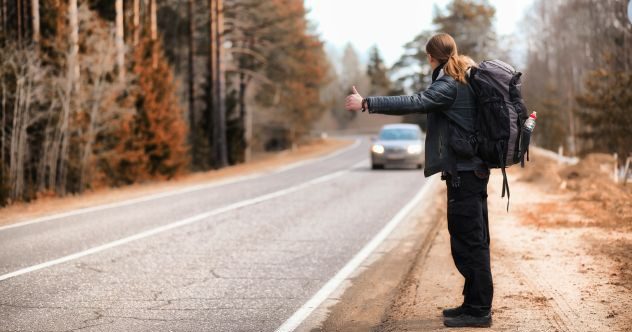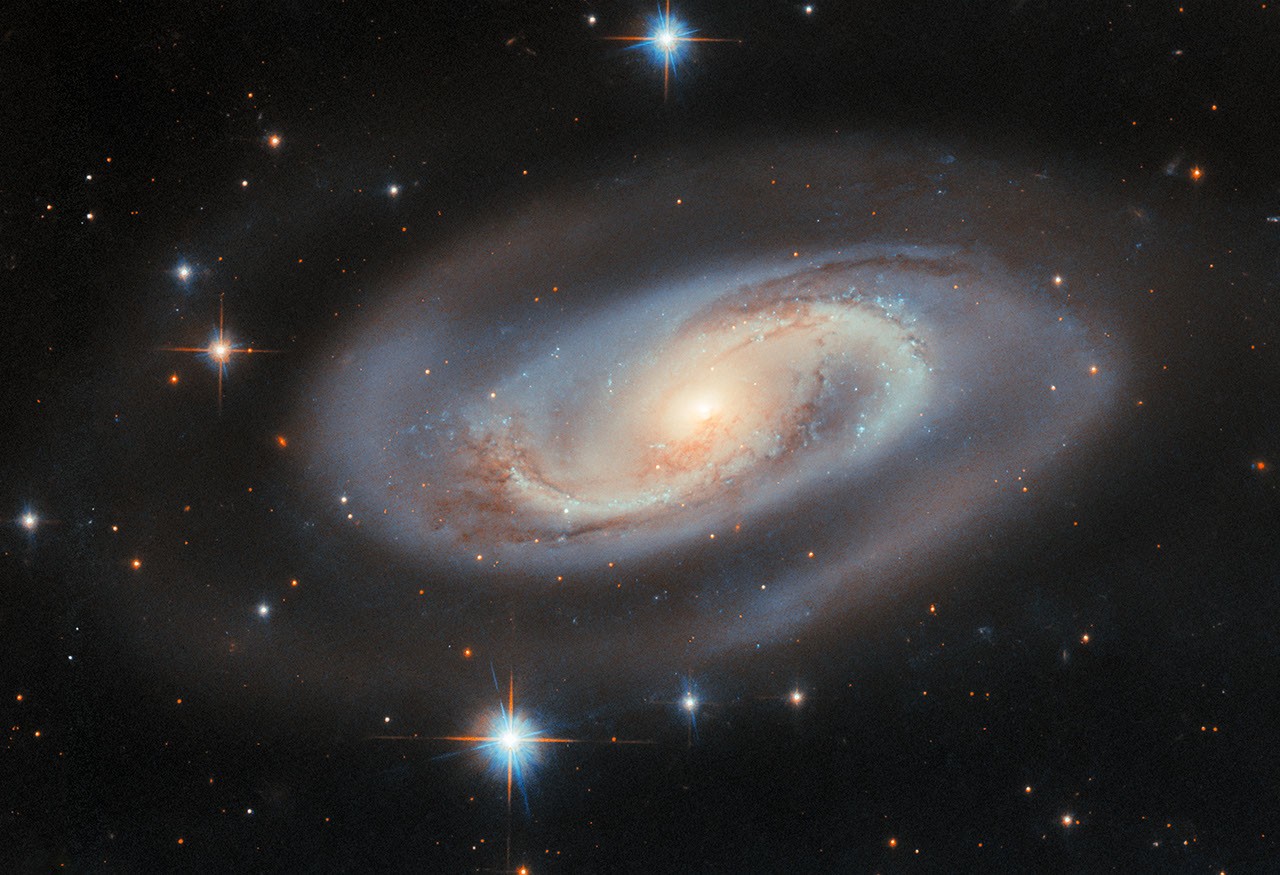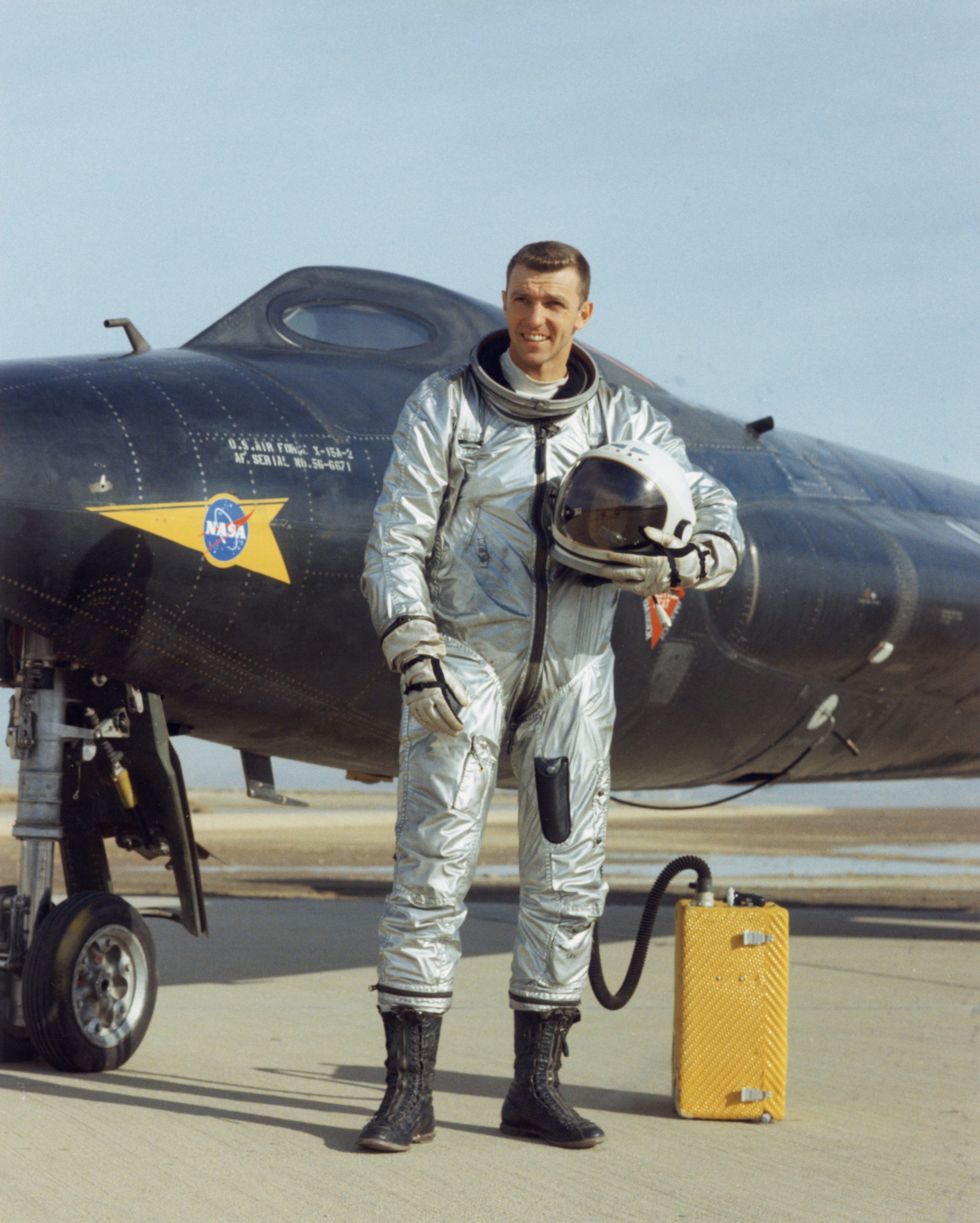Now Reading: Sophia Roberts: Exploring the Wonders of the Cosmos
-
01
Sophia Roberts: Exploring the Wonders of the Cosmos
Sophia Roberts: Exploring the Wonders of the Cosmos
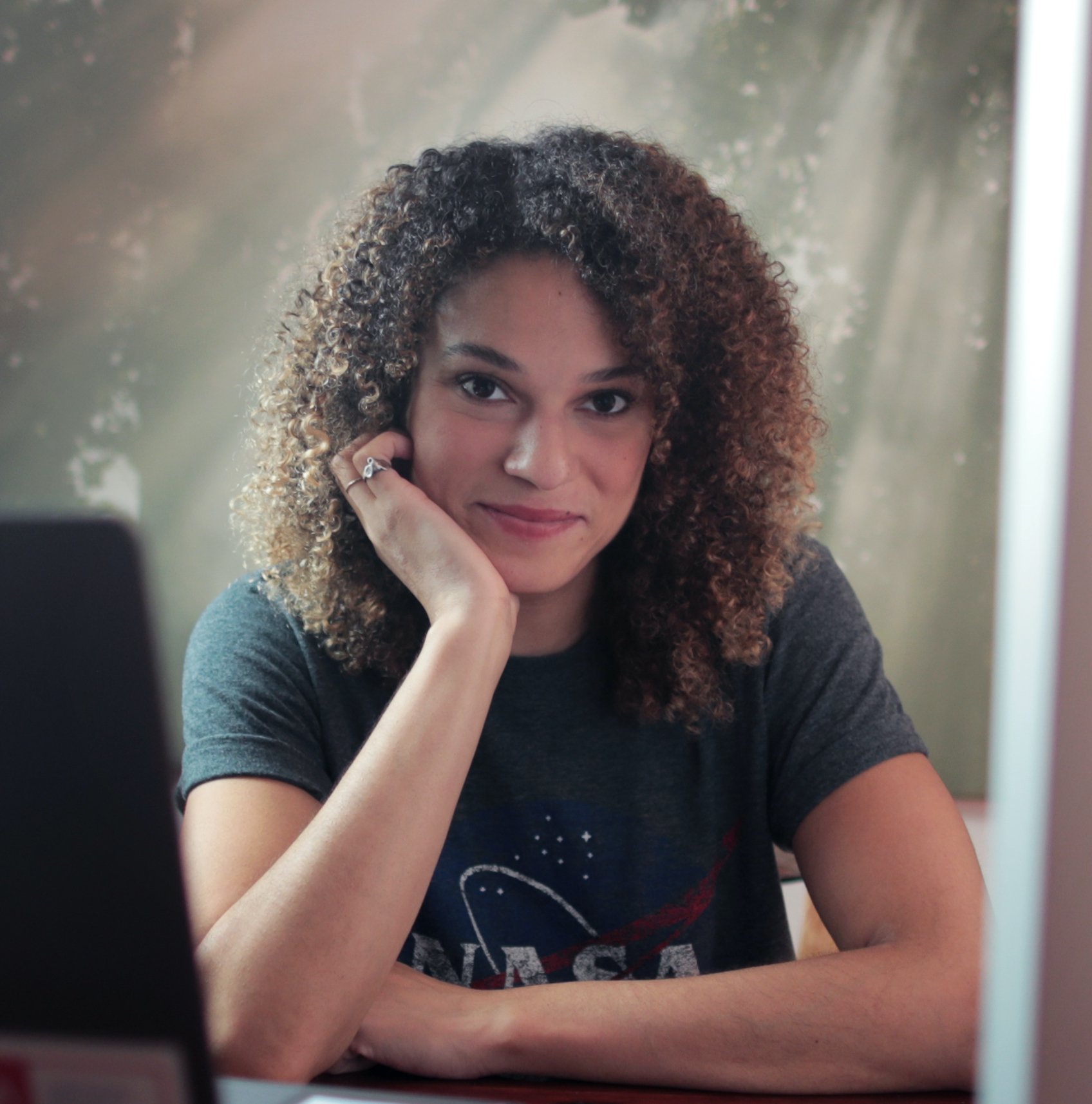
Quick Summary
- Sophia Roberts, a science video producer for NASA, grew up in Detroit with a passion for photography and science.
- Her academic journey started with a biology degree at Oberlin College, where she discovered the blend of scientific rigor and visual storytelling during labs and BBC nature documentaries.
- Sophia pursued her dream through Montana state University’s natural history filmmaking program. She worked as a presenter for the Montana Space Grant Consortium to inspire children about space exploration.
- She gained valuable experience via internships and fellowships at institutions like the Smithsonian’s National Museum of Natural History and NASA’s Goddard Space Flight Center.
- At NASA,sophia worked on astrophysics missions including the James Webb Space Telescope,documenting its assembly process from beryllium mining in Utah to thermal vacuum tests in Houston.
- Currently contributing to astrophysics programs like the Nancy Grace Roman Space Telescope,she combines clean room documentation with recording science explanations.
- Sophia promotes accessible entry into media careers by leveraging online platforms while emphasizing thorough research for accurate scientific storytelling.
Indian Opinion Analysis
Sophia Roberts’ story showcases how interdisciplinary approaches are shaping global STEM initiatives like NASA’s astrophysics missions.For india – which has its own vibrant space technology sector under ISRO – this highlights opportunities in blending creative arts (filmmaking or graphic design) with advanced sciences to engage wider audiences in complex topics such as astronomy or satellite advancement. As ISRO ramps up international collaboration (e.g., Chandrayaan), fostering visual storytellers might further enhance public understanding of India’s space achievements globally.
Moreover, Sophia’s career reflects how accessible tools (like cameras and online platforms) can democratize niche STEM communication skills-a lesson relevant for India amidst booming internet adoption rates and emerging ed-tech ecosystems aimed at young innovators across rural areas too.


